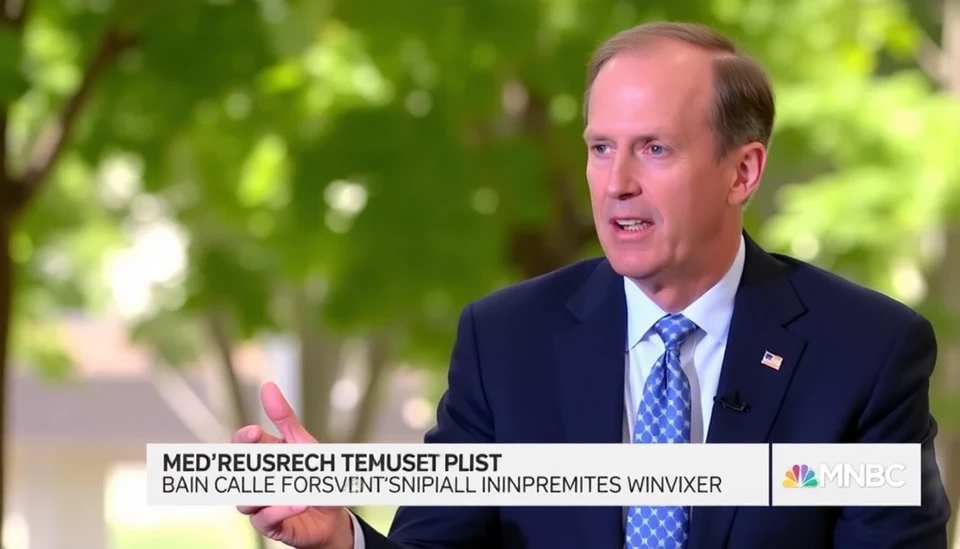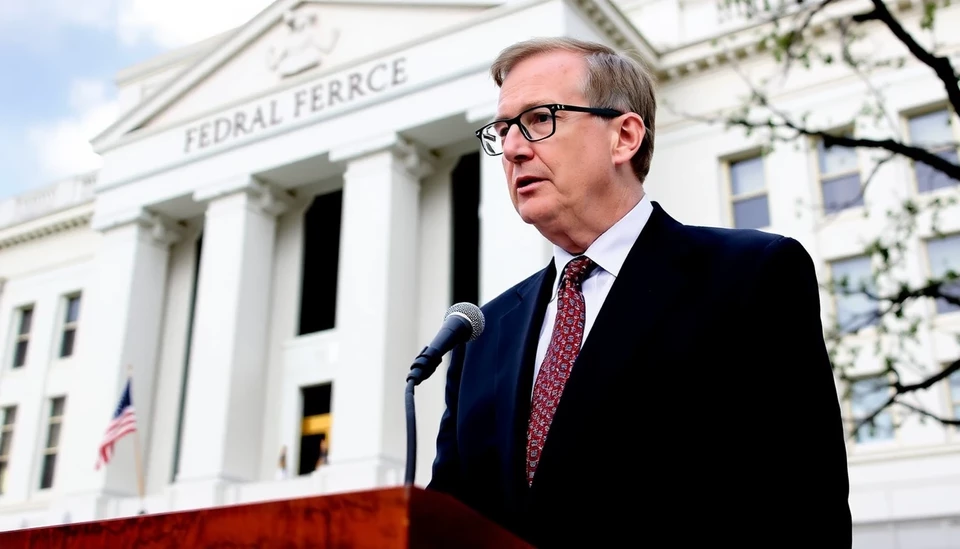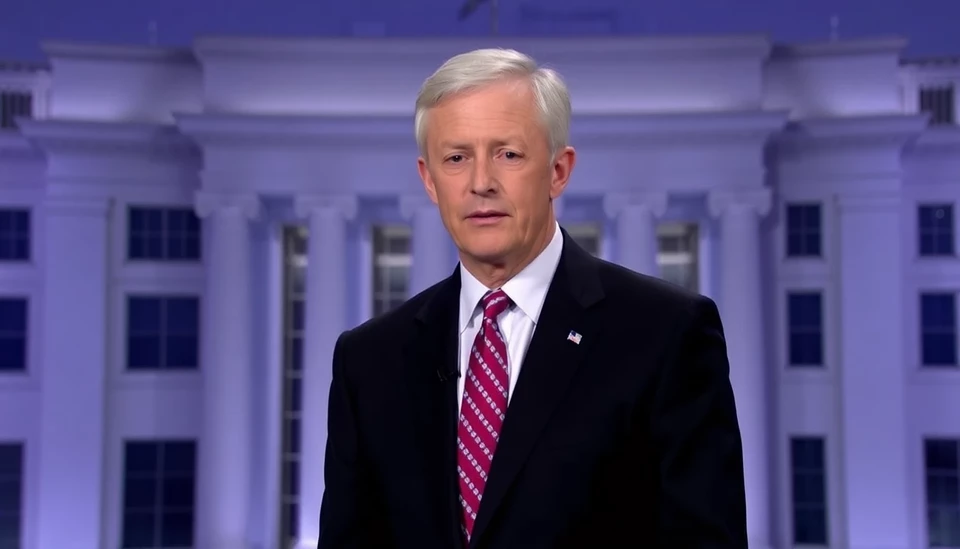
In a recent statement, Austan Goolsbee, President of the Federal Reserve Bank of Chicago, characterized the current inflationary pressures as largely transitory, attributing a significant portion of the rise in prices to one-time tariffs imposed on goods. This perspective aligns with a growing sentiment among economists that inflation may be influenced more by external factors, rather than persistent demand shifts in the economy.
Goolsbee emphasized that while inflation rates are elevated, they should not be interpreted as indicative of a long-term trend. He expressed confidence that some of the inflationary pressures currently experienced in the U.S. economy can be linked directly to supply chain disruptions and increased costs associated with tariffs, particularly on imports from certain countries.
During a panel discussion, Goolsbee reiterated that the Federal Reserve remains vigilant in monitoring inflation and will take necessary measures to ensure it remains under control. He acknowledged the challenges posed by global supply constraints but reiterated his belief that most of these inflationary pressures will ease over time as supply chains stabilize and tariff impacts diminish.
The implications of Goolsbee's comments are noteworthy for both policymakers and consumers. By arguing that the inflation surge could be temporary, the Federal Reserve may be inclined to maintain current interest rates, rather than moving towards aggressive hikes to temper inflation. This could provide a cushion for economic growth, particularly as consumers navigate the ongoing challenges from rising prices in various sectors, including food, energy, and housing.
Goolsbee's insights come at a crucial time as many analysts are watching how inflation will affect consumer behavior and overall economic conditions. The interplay between tariffs, global supply issues, and domestic demand remains complex, yet he underscored the Fed’s commitment to transparency and ongoing assessment of economic indicators.
As the situation evolves, stakeholders across the economy will need to remain adaptable and informed about the potential for both immediate and longer-term inflation effects. Goolsbee's stance suggests that while vigilance is key, the nature of inflation at this juncture can largely be attributed to specific, identifiable disruptions rather than an overarching, chronic inflationary trend.
In conclusion, the Fed's approach under Goolsbee's guidance appears to focus on fostering a resilient economy, informed by evidence rather than speculation. As new data emerges and the economic landscape shifts, the Federal Reserve stands ready to adjust its strategies to navigate the challenges ahead.
#Fed #Goolsbee #Inflation #Economy #Tariffs #SupplyChain #MonetaryPolicy #InterestRates #EconomicOutlook
Author: Daniel Foster




